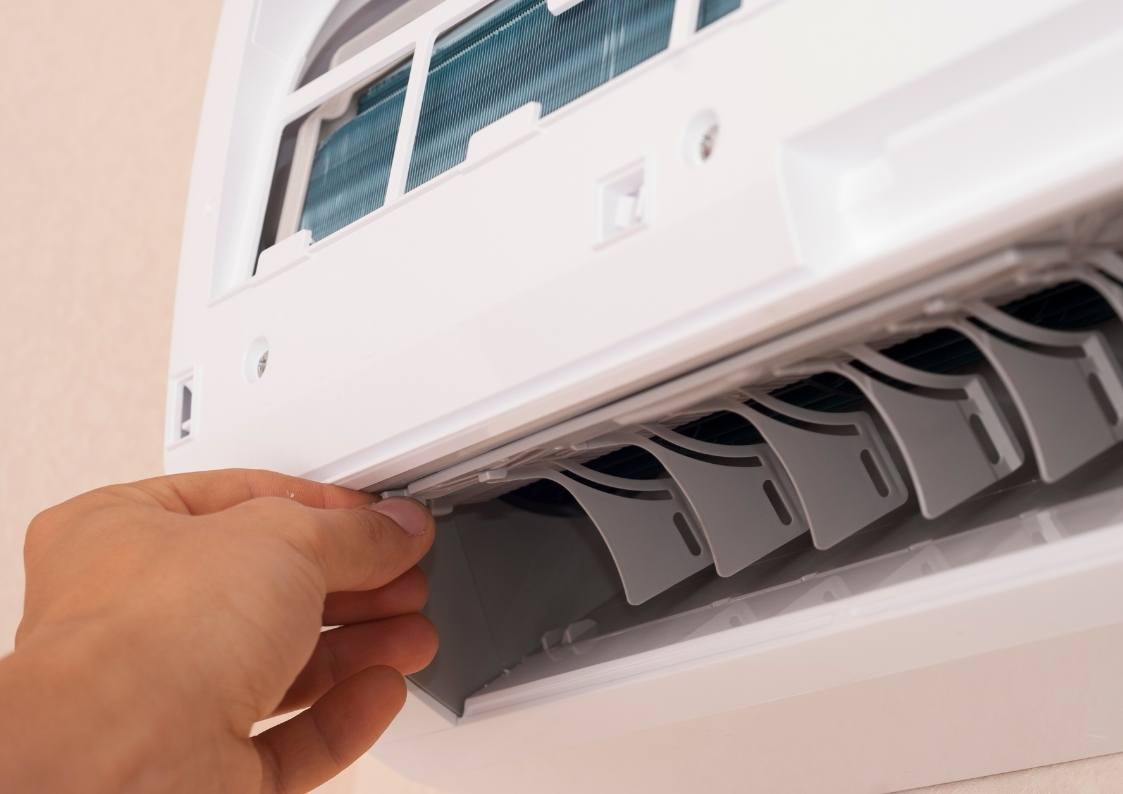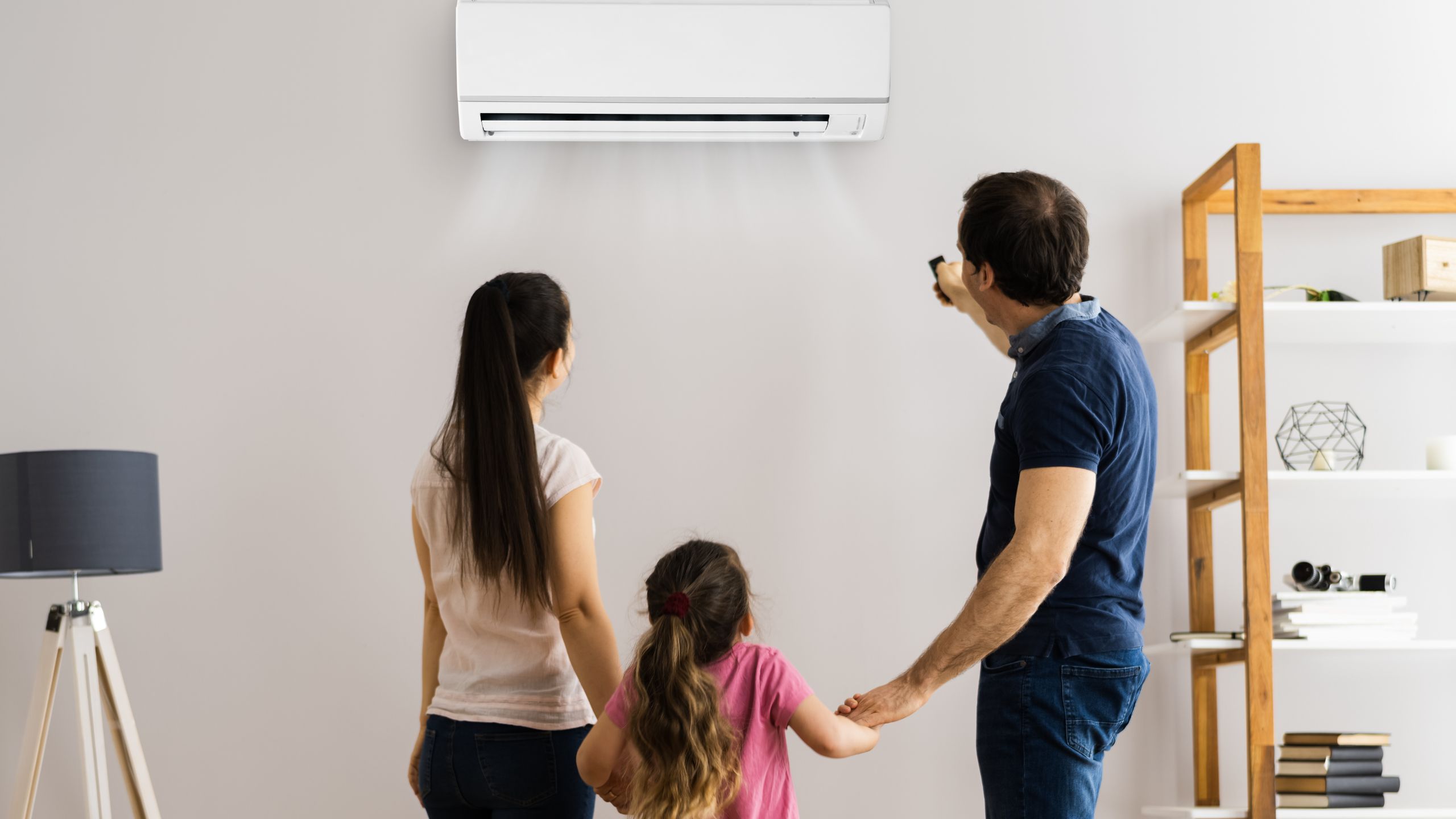Expert Insights from the Dedicated Team at Direct Point Heating & Cooling – Melbourne
Your air conditioner may appear to function effectively, but if the filters have not been cleaned for some time, you could be unknowingly losing up to 30% of your system’s cooling efficiency. This loss can significantly impact your comfort during the intensely hot Australian summer months, making it crucial to maintain optimal performance.
Blocked filters are a primary culprit behind diminished airflow, skyrocketing energy bills, and compromised indoor air quality. While it may seem simple to clean your filters, there is indeed a systematic approach to follow to achieve the best outcomes.
This in-depth guide will provide you with detailed steps for cleaning your filters, emphasize the importance of regular maintenance, and highlight the signs that indicate when it’s time to bring in a professional for a thorough system cleaning.

Understanding the Crucial Importance of Regular Filter Maintenance
The filters in your air conditioning system are engineered to capture dust, allergens, and a myriad of other pollutants before they can compromise the air quality in your home. However, over time, these filters can become clogged, which increases the pressure on your system, limits airflow, and may even encourage the growth of mould within the unit.
Regular cleaning of your filters is essential for:
- Enhancing overall system efficiency
- Lowering energy consumption
- Prolonging the lifespan of your air conditioning unit
- Improving the air quality inside your home for your family’s health and comfort
Neglecting this vital maintenance can lead to higher operational costs, more frequent breakdowns, and air quality issues that pose health risks to your family members.
Detailed Guide: Step-by-Step Process to Effectively Clean Your Air Conditioner Filter
Step 1: Ensure Your Unit is Completely Powered Down and Unplugged
Before you initiate the cleaning process, always confirm that the power is entirely switched off. For wall-mounted split systems, turn off the power at the wall and unplug the unit. If your system is hardwired, ensure that the dedicated circuit at your switchboard is turned off to guarantee safety throughout the cleaning procedure.
Step 2: Carefully Detach the Filter from the Unit
Gently open the front panel of your indoor unit. Carefully slide out the filter, taking care not to bend or damage the mesh. Be aware that some units may include clips or latches that need to be released before the filter can be removed.
Step 3: Clean the Filter Using Mild Soap and Water Solutions
Fill a tub or sink with lukewarm water and add a small amount of mild detergent. Allow the filter to soak for several minutes, then gently scrub away any accumulated dust or grime using a soft brush. It’s important to avoid aggressive chemicals or vigorous scrubbing, as these could potentially damage your filter.
Step 4: Ensure the Filter is Completely Dry Before Reinstallation
Shake off any excess water and place the filter in a well-ventilated area to air dry, making sure it is out of direct sunlight. It is crucial not to reinstall a damp filter, as moisture can promote the growth of mould and bacteria within your air conditioning system, compromising its performance.
Step 5: Reinsert the Filter and Evaluate the System’s Performance
Once the filter is entirely dry, slide it back into its designated position, close the panel, and restore power to your system. After turning it on, check that the airflow feels strong and consistent, which indicates that the cleaning process was successful.
Assessing Whether DIY Cleaning Suffices for Your Air Conditioner
While routine filter cleaning is critical, it only addresses surface-level concerns. Your air conditioning unit requires professional servicing to effectively remove:
- Accumulated dust and mould within the fan and coils
- Blockages in drain trays and internal components
- Loss of efficiency caused by dirty or malfunctioning parts
At Direct Point Heating & Cooling, we provide extensive system cleaning and servicing that goes beyond mere maintenance. Our skilled technicians service both indoor and outdoor units, ensuring that every component of your system operates at optimal efficiency.
Determining the Optimal Frequency for Cleaning Your Air Conditioner Filters
We typically recommend the following cleaning schedule based on your specific circumstances:
- For standard household usage: Every 2–3 months
- For households with allergies or pets: Monthly
- For commercial spaces or high-usage systems: Monthly or potentially more frequently
Moreover, we advise scheduling professional servicing at least once a year to ensure your system operates efficiently and to prevent the risk of costly breakdowns.

The Advantages of Choosing Professional Air Conditioner Cleaning Services
A comprehensive air conditioning service encompasses:
- Thorough cleaning of all filters, fans, coils, and drain trays
- Assessment of refrigerant levels and overall system performance
- Inspection and cleaning of the outdoor compressor unit
- Early identification of any signs of wear or potential failures
Many individuals concentrate solely on cleaning their filters; however, the genuine performance challenges frequently lie deeper within the system. This is where our expertise can make a significant difference.
Book Your Comprehensive Air Conditioner Cleaning with Direct Point Today
While cleaning the filters is an excellent initial step, regular professional maintenance is essential for long-term efficiency, energy savings, and peace of mind.
We proudly service all major cooling systems throughout Melbourne, including:
- Wall-mounted split systems
- Multi-head units
- Ducted refrigerated systems
- Evaporative cooling systems
Contact Direct Point Heating & Cooling at 1300 170 961 or email us at [email protected] to arrange your service today.
The Article: Air Conditioner Filters: Why Cleaning Them is Essential first appeared on https://writebuff.com
The Article Air Conditioner Filters: The Importance of Regular Cleaning Was Found On https://limitsofstrategy.com
Leave a Reply